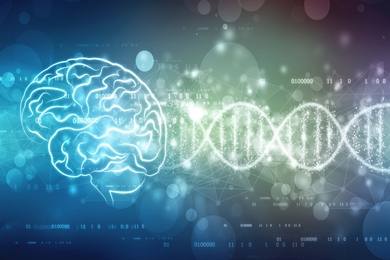DOE selects MIT to establish a Center for the Exascale Simulation of Coupled High-Enthalpy Fluid–Solid Interactions
The research center, sponsored by the DOE’s National Nuclear Security Administration, will advance the simulation of extreme environments, such as those in hypersonic flight and atmospheric reentry.














